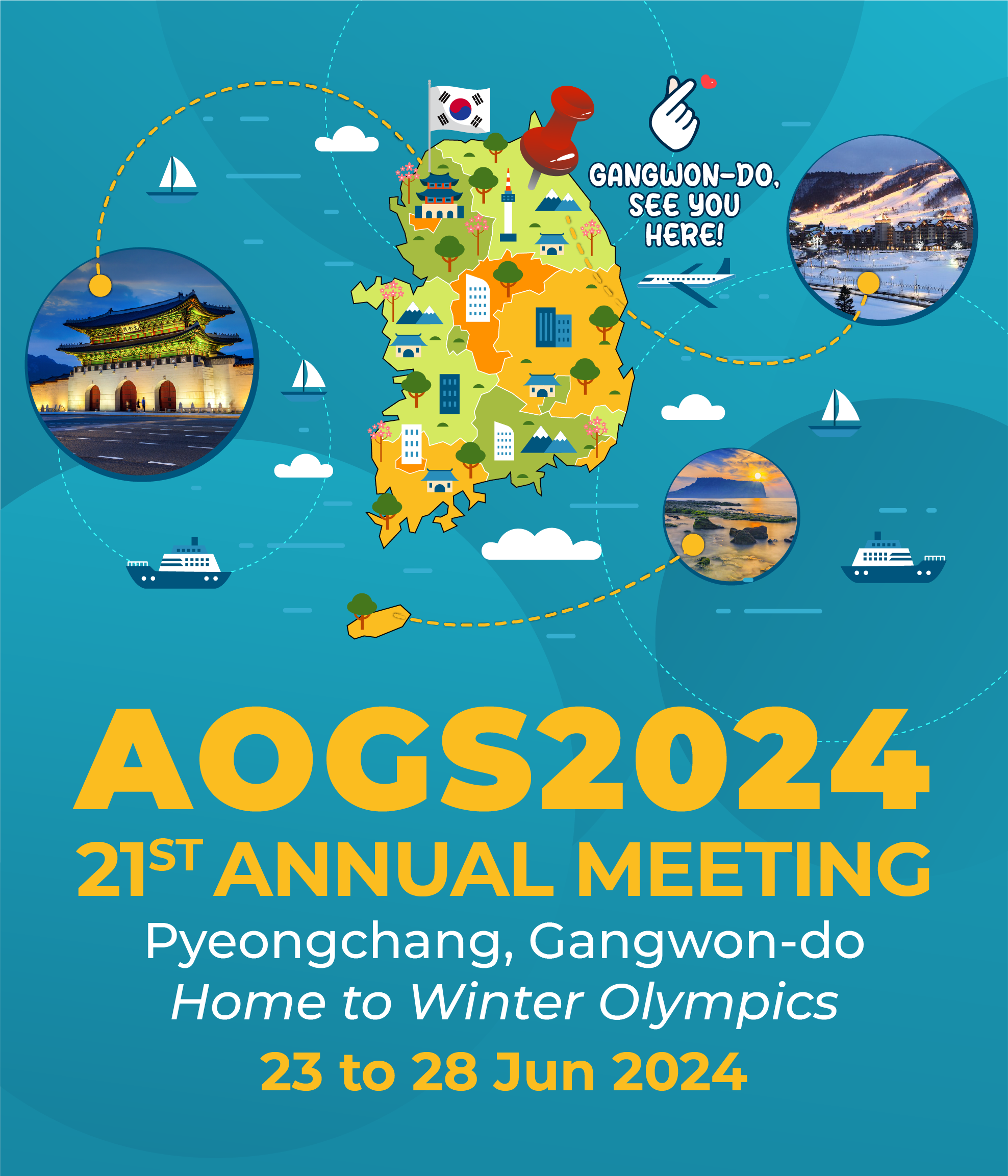
HS Distinguished Lecture | 25 Jun (Tue) 11:00 AM - 12:30 PM | Pyeongchang Hall II, Alpensia Convention Center

Eiichi NAKAKITA
Director and Professor,
Disaster Prevention Research Institute
Deputy Executive Director, Kyoto University
Eiichi Nakakita is the Director and Professor of Disaster Prevention Research Institute (DPRI), Kyoto University, and a Deputy Executive Director of Kyoto University. He is also a special adviser of the Ministry of Education, Culture, Sports, Science and Technology and members of River Council and the Council for Infrastructure of the Ministry of Land, Infrastructure, Transportation and Tourism. He won research awards from Japan Society of Civil Engineers, Japan Society of Hydrology and Water Resource, and Meteorological Society of Japan.
After graduating from the Graduate School of Engineering, Kyoto University, he worked as an assistant and associate professor at DPRI, and associate professor at the Graduate School of Engineering, Kyoto University, and has been in his current position as professor and director since 2004 and 2020, respectively. He is a doctor of engineering. During this time, he concurrently served as a visiting associate professor at the University of Iowa and a visiting research professor at the National University of Singapore.
His specialty is radar hydrology and hydrometeorology. He has been engaged in heavy rain / flood forecasting using weather radar and assessment of the impact of climate change on the disaster environment for many years, and is also engaged in disaster investigations at home and abroad such as Hurricane Katrina. He was also the chairman of the Japan Society of Civil Engineers Hydraulic Engineering Committee. He has been leading disaster prevention research that combines civil engineering and meteorology.
Early Detection of Baby-Rain-Cell Aloft in a Severe Storm and Risk Projection for Urban Flash Flood -Advanced Utilization of Weather Radar-
In July 2008, five people were killed by a tragic flash flood caused by a local torrential heavy rainfall in a short time in Toga River in Kobe, Japan. From this tragic accident, we realized that a system which can detect hazardous rain-cells in the earlier stage is strongly needed and would provide an additional 5 to 10 min for evacuation. By analyzing this event, we verified that a first radar echo aloft, by volume scan radar observation, is a practical and important sign for early warning of flash flood, and we named a first echo as a “baby-rain-cell” of Guerrilla-heavy rainfall.
Also, we found a vertical vorticity criterion for identifying hazardous rain-cells and developed a heavy rainfall prediction system that has the important feature of not missing any hazardous rain-cell. This stimulated the Ministry of Land, Infrastructure, Transportation and Tourism to implement a new radar network of the latest doppler polarimetric radar named XRAIN.
Being able to detect heavy rainfall by 23.6 min on average before it reaches the ground, this system is implemented in XRAIN (a Japanese Network of X-MP radars). This method was also applied to a dual phased array radar observation network in the Kinki area.
Additionally, to resolve the relationship between baby-rain-cell growth and vorticity behavior, we carried out an analysis of vorticity inside baby-rain-cells and verified that a pair of positive and negative vertical vortex tubes as well as an updraft between them existed in a rain-cell in the early stage.
The XRAIN data can be used also for flash flood flood prediction when coupled with urban flood alert criteria. It was demonstrated that a method using a nomograph is accurate and can provide adequate lead time for flood warnings
It is very important also to mention that a climate change future prediction tells us increasing of occurrence frequency and intensity of Guerrilla-heavy rainfall in the Kinki region in August. A reasons is that the wind field which blows from the Pacific to the Kinki region in Japan will increase, and this explains rich water vapor flux will be supplied to the Kinki region.
